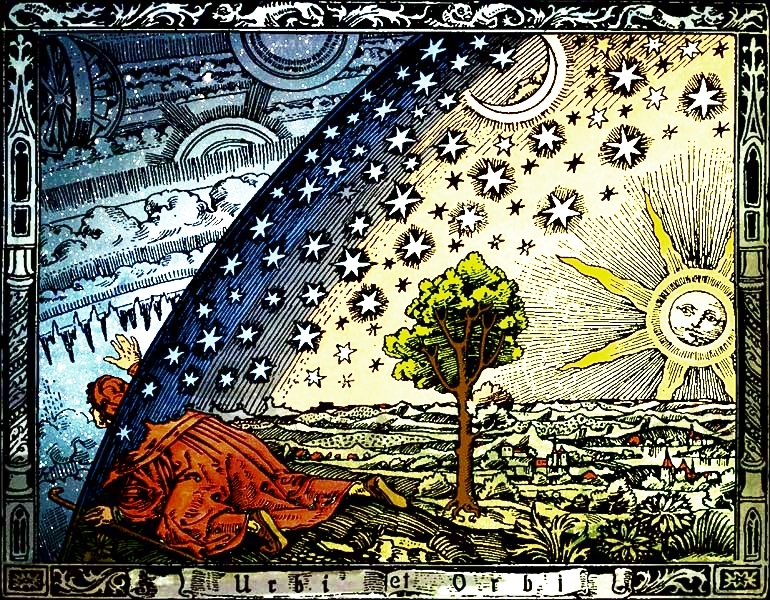Magical Consciousness

This is the title of an exhibition that opened a few days ago at the Arnolfini Museum in Bristol. The promotional copy mentions Flusser (http://www.arnolfini.org.uk/whatson/exhibitions/details/926) as having furnished some of supporting ideas for the exhibition. Magical consciousness does in fact figure prominently in Flusser’s work, and is always associated with images. More specifically, it is associated with a consciousness that encounters the world through images before the invention of writing (or, before writing become embedded in consciousness in the present). Writing, in Flusser’s account, is the technology that everywhere and always undermines the power of images. With the rise and spread of writing over some five centuries, images steadily lost power; with the rise of technical images (Flusser’s terms for communication technologies from photography to the present) writing began to lose its hold on our consciousness, yielding to the superior speed, flexibility, efficiency of new, partially automated images. In the wake of writing’s diminishing hold on our ways of thinking and feeling, imagining, constructing time, etc., Flusser sees evidence of images gaining power, eroding established patterns of historical and critical thinking, letting us sink back into circular thinking, magical consciousness.
I wish the museum’s text was clearer about the danger Flusser attaches to magical consciousness. In a very short essay entitled “Photography and History” (and other places), Flusser contrasts the form of consciousness typical of a camera user with the form of consciousness required of a camera designer. The designer understands the world as an infinite mass of whirling particles governed by chance, without inherent meaning, and the camera as a device that enables a human being to confer meaning on that whirling mass. The photographer, along with most viewers, more usually understand the camera as a way to “capture” inherent meaning. This is to mistake technical images, such as a photographs, for traditional images, such as a paintings or drawings. It is, then, to allow them “magical” (uncritical, circular, timeless) power over us. Flusser pleads for an understanding of the photograph as the projection of a possibility, rather than a record of the past. He pleads with us to dispel the magic.


